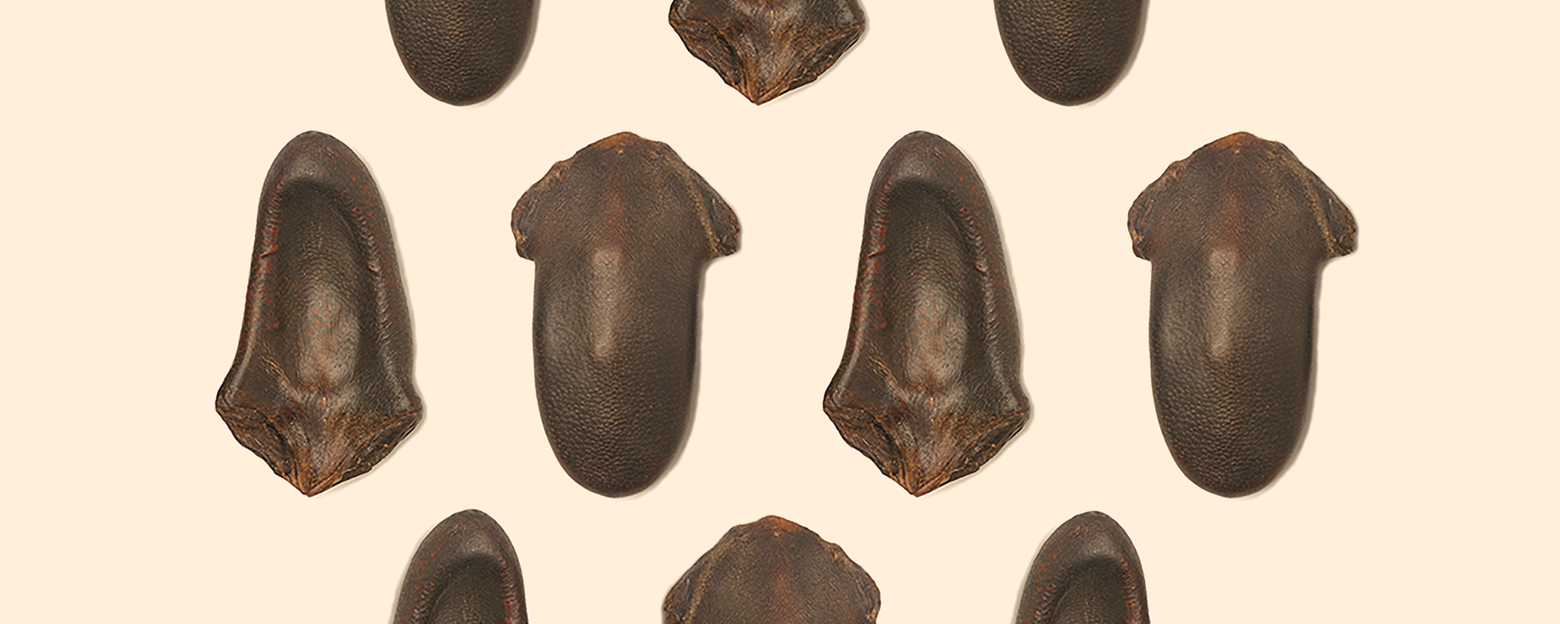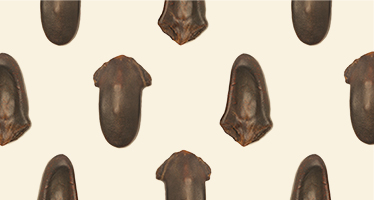Deer tail is a traditional Chinese tonic ingredient. It refers to the tail of a deer, specifically the section near the kidneys. Its tissue structure is unique as it serves as the deer's fat filtration system, filtering and breaking down fat in the bloodstream into energy. To prepare deer tail, its tail vertebrae are cut and removed, and then the tendons, residual meat, and fur are eliminated. The remaining part is sewn together with thread and naturally air-dried. Since the Southern and Northern Dynasties period, it has been highly valued and considered a precious ingredient along with bear paws. It has also been used as a tribute to the imperial court.
Deer tail and deer antler are both considered valuable traditional Chinese medicinal ingredients. In ancient Chinese,there is a saying that "yang energy gathers in the antlers, while yin blood gathers in the tail." This implies that the essence of vitality and blood is concentrated in the tail of the deer, suggesting that deer tail contains the essence and vitality of the deer.

Warm

Liver

Kidney

Sweet

Salty
Nourish yin and strengthen yang, bone protection, improve symptoms of kidney yin deficiency.
| . | Nourish yin and strengthen yang Deer tail contains natural sex hormone "testosterone,” which is typically secreted by the testes in males and the ovaries in females. Consuming deer tail can effectively supplement deficient sex hormones in the body in order to achieve the effect of nourishing Yin and strengthening Yang.
|
| . | Bone Protection Deer tail contains "calcium phosphate," which, in conjunction with trace elements such as vitamin D, magnesium ions, and zinc ions in the human body, can effectively prevent calcium loss and have a positive preventive effect on bone calcification and osteoporosis.
|
| . | Improve kidney yin deficiency Deer tail is believed to promote metabolism, possess anti-aging properties, and nourish yin and tonify Kidneys. The Kidneys are considered the foundation of the body in traditional Chinese medicine, and Kidney yin deficiency can lead to symptoms such as butterfly rash, dark circles under the eyes, lower back pain, fatigue, cold hands and feet, and frequent nocturnal urination. Taking deer tail may have a positive effect in improving the aforementioned symptoms associated with Kidney Yin Deficiency.
|
New Zealand, Liaoning, Jilin, Heilongjiang.
The spotted deer, also known as the roe deer, is not strongly gregarious, and male deer often live alone. They are most active during the early morning and evening hours. Their choice of habitat varies with the seasons. During spring, they tend to inhabit semi-shaded slopes. In summer and autumn, they migrate to the forest edges on shady slopes. In winter, they prefer warmer sunny slopes. The diet of spotted deer primarily consists of grass, fruits, herbs, tree buds, leaves, and agricultural crops.

Deer farmers harvest deer antlers after a period of ten or more years, and then, in the deer's twilight years, the deer is slaughtered to obtain its muscles and tail. 。
After cutting the deer tail, the fat and tendons are removed, the fur is stripped, and then it is polished, air-dried, and dried in the shade until completely dry.
With the recent development of deer farming, the source has become more widespread, making it more accessible for general use.















